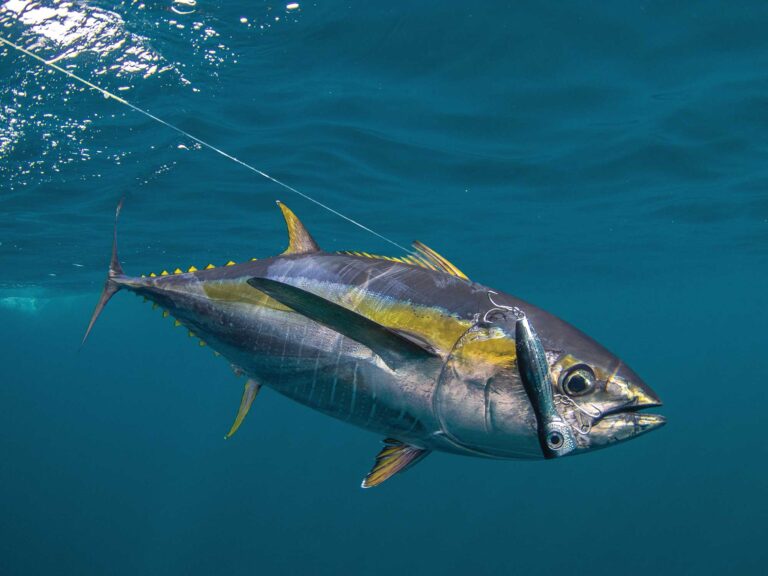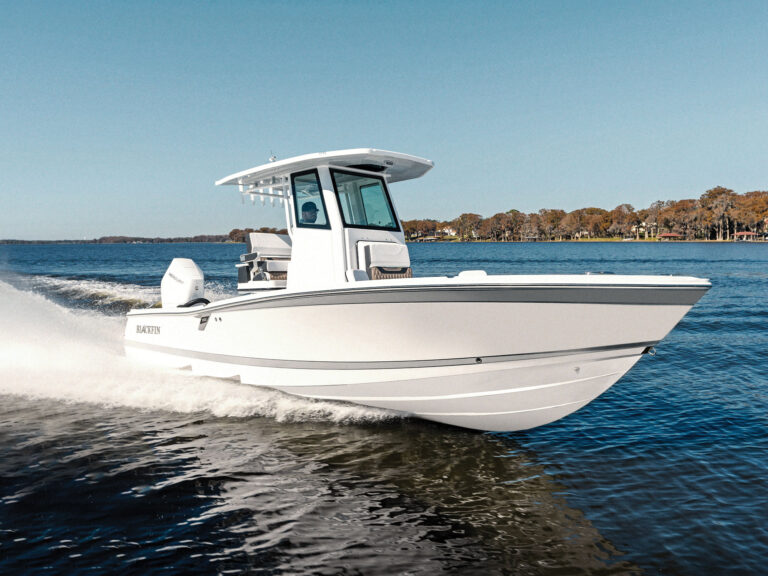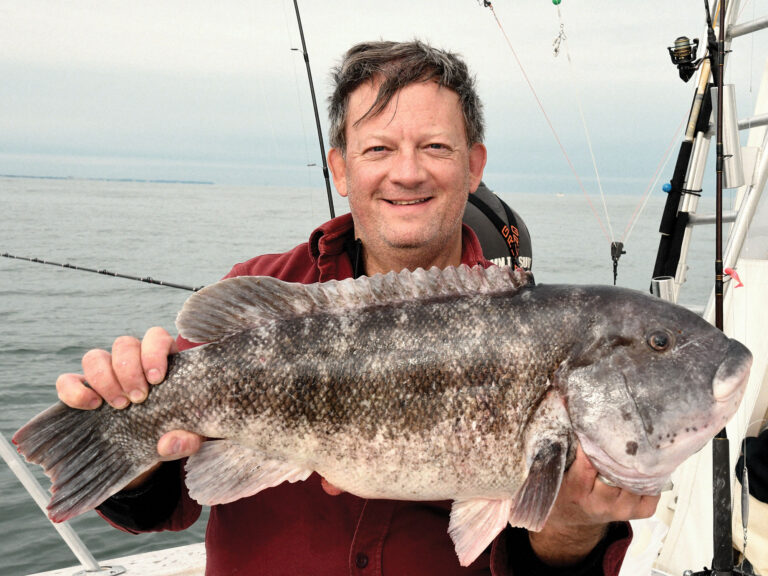The world drew a collective gasp as we witnessed the Deepwater Horizon tragedy unfold before us in 2010. The spill was the largest of its kind in U.S. history. The accident claimed the lives of eleven and crude gushed unabated for 87 days until being capped following the release of an estimated 210 million gallons into the Gulf of Mexico.
Last week, drawing from a down payment fund of $1 billion, BP agreed to give $340 million in spill restoration funds to Louisiana, Alabama, Texas, Mississippi and Florida. These restoration funds will be used to carry out projects in the Gulf.
The funds are being paid through the Natural Resources Damage Assessment program. Further penalties will be assessed by a federal judge in New Orleans as a result of the initial phase of an ongoing civil trial of BP, which began in February 2013 and has since concluded. The second phase is expected to begin in September of this year. Damage and penalties amounts will be set according to the guidelines of the Clean Water Act.
Funds are earmarked for habitat restoration, such as the reclamation of three barrier islands located in Barataria Bay, Louisiana. Other monies will be funneled toward new research centers and fish hatcheries. Research initiatives are to include speckled trout, flounder and redfish habitat restoration. Other projects will concentrate on baitfish studies, focusing on shrimp, cocahoe minnows and croakers.
Current restoration projects include dune restoration and salt marsh creation in Alabama. Boat ramp construction, visitor kiosks, and dune restoration (including planting of 475,000 native plants) in Florida. Louisiana Lake Hermitage Marsh Project tasked with creating 104 acres of marsh within the Barataria Hydrologic Basin in Plaquemines Parish. Along with the Louisiana Oyster Cultch Project whose goal is to provide 850 acres of productive oyster cultch habitat on public oyster seed grounds in six locations in coastal Louisiana and construction of an oyster hatchery facility.
In Mississippi an initiative to provide approximately 1,400 acres of productive oyster clutch habitat in Hancock and Harrison counties. As well as the Mississippi Artificial Reefs Project whose goal is to add approximately 100 acres of near-shore artificial reefs to the 201-acre footprint of the existing reefs in the Mississippi Sound.









